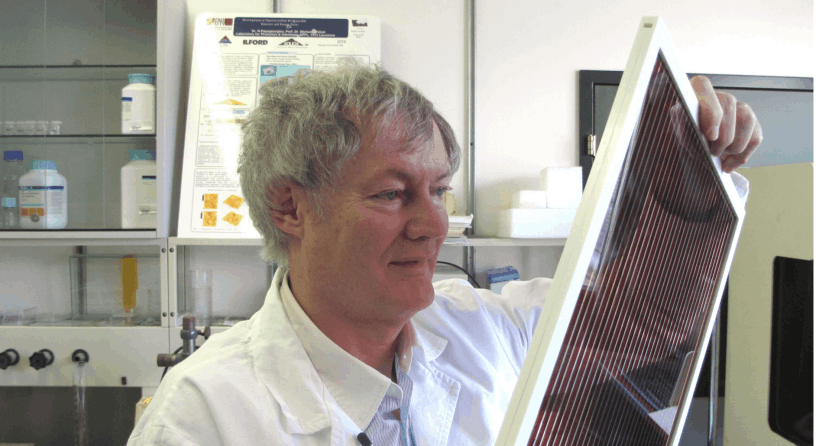Plenary Speaker
Biography
Michael Graetzel is a Professor at EPFL where he develops photosystems for the generation of electricity and chemical fuels from sunlight. Michael graduated from the Technical University Berlin and was a postdoctoral fellow at the University of Notre Dame before joining the EPFL faculty as a professor of physical chemistry. There, he started his ground breaking investigations on colloidal semiconductors, which generated several new research fronts worldwide. Michael is well known for his discovery of mesoscopic dye sensitized solar cells, which in turn prompted the rise of perovskite solar cells, triggering a second revolution in photovoltaics. Michael’s pioneering work was recognized by a number of awards including the Rank Prize, BBVA Foundation Frontiers of Knowledge Award in Basic Science, Millennium Technology Prize, Global Energy Prize, Marcel Benoist Prize, Balzan Prize, Harvey Prize and the King Faisal International Science Prize and rthe Calveras award in photovoltaics. He is an elected member of the Royal Society (UK) and the Chinese and German Academy Science as well as the Swiss Academy of Technical Sciences and the Royal Spanish Academy of Engineering. He is a Honorary member of the Société vaudoise de science naturelle. Michael received 14 honorary doctor degrees from European and Asian Universities. His over 1800 publications had a major impact on the photovoltaic field. A recent bibliometric ranking by Stanford University places Michael first amongst 100’000 world-wide leading scientists across all areas of science. His publications have received so far some 485’000 citations with an H-factor of 302.
Molecular Photovoltaics and the Rise of Perovskite Solar Cells
Michael GRAETZEL
Abstract
Photovoltaic cells using molecular dyes, semiconductor quantum dots or perovskite pigments as light harvesters have emerged as credible contenders to conventional devices. Dye sensitized solar cells (DSCs) use a three-dimensional nanostructured junction for photovoltaic electricity production and reach currently a power conversion efficiency (PCE) of over 15 % and 30 % in full sunlight and ambient daylight respectively. They possess unique practical advantages in particular bifacial light harvesting, highly effective electricity production from ambient light, ease of manufacturing, flexibility and transparency, and aesthetic appeal, which have fostered industrial production and commercial applications. They served as a launch pad for perovskite solar cells (PSCs) which are presently being intensively investigated as the most promising future PV technology. The PCE of solution processed laboratory cells having currently reached 26.1%. Present research focusses on their scale up to as well as ascertaining their long-term operational stability. My lecture will cover our most recent findings in these revolutionary photovoltaic domains, their use for the generation of fuels from sunlight and first commercial applications.
Selected References
1. M.Grätzel et.al Nature 1991, 353 ,737-740. https://doi.org/10.1038/353737a0, cited over 36'000 times.
2. M.Grätzel et.al.Nature 2013, 499, 316–319. https://doi.org/10.1038/nature12340
3. M.Grätzel Nature Mater 2014, 13, 838–842, https://doi.org/10.1038/nmat4065
4. M. Grätzel et.al Science 2017, 358, 768-771. DOI: 10.1126/science.aam5655
5. M.Grätzel et.al. Science 2022, 375, 302-306. DOI: 10.1126/science.abh1885
6. M.Grätzel et.al. Nature 2023, https://doi.org/10.1038/s41586-022-05460-z .
7. M Grätzel et.al. Science 2023, 379, 288.

